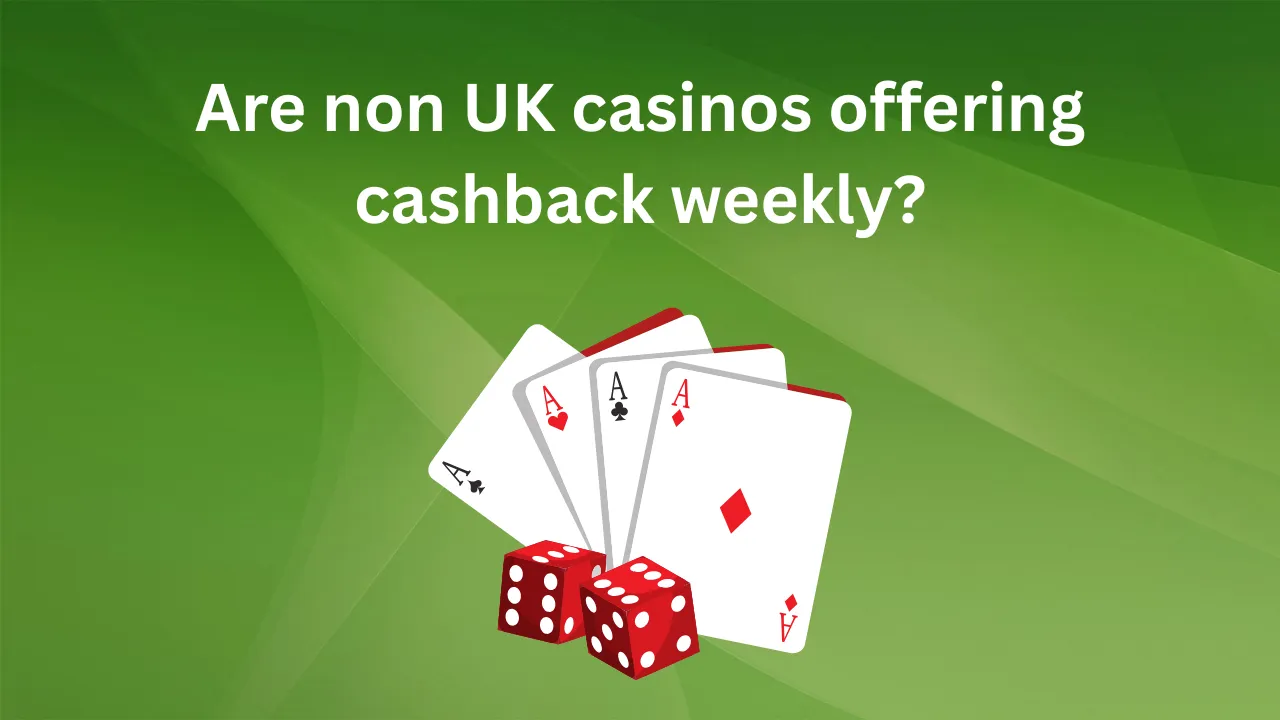Gambling isn’t just about luck—it’s a finely tuned dance between our brain’s reward systems and ingenious game design. As someone who’s spent years analyzing player behavior in casinos and online platforms, I’ve witnessed firsthand how subtle tweaks in game features can transform a casual spin into an all-consuming pursuit. In this article, we’ll peel back the curtain on the psychology driving popular gamble features, explore real-world examples, and offer practical insights for both players and designers.
The Allure of Variable Rewards
When I first stepped into a brick-and-mortar casino, I was struck by the hum of slot machines and the chime of small wins. That sound isn’t accidental—it’s part of variable-ratio reinforcement, a concept rooted in behavioral psychology. Unlike a fixed schedule, where you know when a reward is coming, variable rewards arrive unpredictably. This pattern keeps you engaged, because your brain releases dopamine whenever you hit a win, no matter how small. Over time, you associate the machine—or app—with that rush of excitement.
Skinner’s Box and Modern Slots
B.F. Skinner’s experiments with rats in a “Skinner box” demonstrated that animals will press a lever more persistently when they don’t know exactly when a treat will appear. Casinos borrowed this principle. Today’s slots loop in engaging animations, intermittent wins, and bonus rounds that mimic the unpredictable schedule of those early experiments. The brain’s anticipation of a reward triggers the same thrill, drawing players back spin after spin.
Designing for Deep Engagement
Game developers know that even a brief moment of suspense can hook a player. Features like near-misses—where the symbols almost line up for a win—tap into our innate “just one more try” impulse. Psychologically, a near-miss feels like progress, encouraging players to keep going.
In the realm of online gambling, another layer of design complexity comes into play. Some players seek out alternative platforms—think gambling sites not on gamstop—to bypass self-exclusion tools and continue chasing that dopamine high. Developers on these platforms often lean heavily on push notifications, loyalty rewards, and lightning-fast re-deposits to maintain a sense of immediacy and convenience.
Real-World Examples
Slot Machines: More Than Just Reels
I remember interviewing a slots designer who explained that every aspect—from reel speed to bonus music—was calibrated for emotional impact. Faster reels heighten tension; celebratory tunes extend the joy of a small win. Even the bet options are tiered to lure players into gradually higher stakes, leveraging the “foot-in-the-door” technique where small initial commitments lead to larger ones.
Live Dealer Games: The Human Touch
Live dealer tables bring authentic human interaction to online gambling. Seeing a real person shuffle cards or spin the wheel creates social presence and trust. Psychologically, this reduces the sense of isolation and can deepen emotional investment. Players feel they’re part of a live event, not just tapping a screen—another powerful engagement lever.
Practical Insights for Responsible Gaming
While understanding these psychological hooks can make you a savvier player, it’s equally important to maintain healthy boundaries.
Recognize Your Triggers
Ask yourself: What emotions drive me to play? Is it boredom, stress relief, or the thrill of risk? Identifying triggers helps you spot when the game’s design is pulling your strings.
Set Clear Limits
Use bankroll management techniques—allocate a fixed amount for entertainment and stick to it. Breaks and timeouts can reset your focus and prevent compulsive patterns triggered by continuous play.
Lessons for Game Designers
For legitimate operators, ethical design is not just a buzzword—it’s responsible business. Incorporating features like voluntary timeout options, transparent odds displays, and loss limits can enhance player trust and long-term loyalty. Gamification elements—like achievement badges—can still drive engagement without exploiting vulnerabilities.
Balancing Fun and Fairness
I’ve worked with developers who prioritize clear communication about odds and responsible-play tools. Their retention rates often outperformed competitors who relied solely on psychological nudges. It turns out, players appreciate honesty and control almost as much as excitement.
Embracing Mindful Play
Understanding the psychology behind gamble features empowers both sides of the table. As players, recognizing how design influences behavior lets us enjoy gaming responsibly. As designers and operators, ethical practices build sustainable engagement and protect vulnerable individuals.
Gambling will always carry a thrill, but when we shine a light on the mechanics behind the magic, we can foster healthier, more transparent environments. Whether you’re spinning reels at a brick-and-mortar casino or exploring advanced features on modern platforms, mindful awareness ensures the experience remains entertaining—and under your control.



